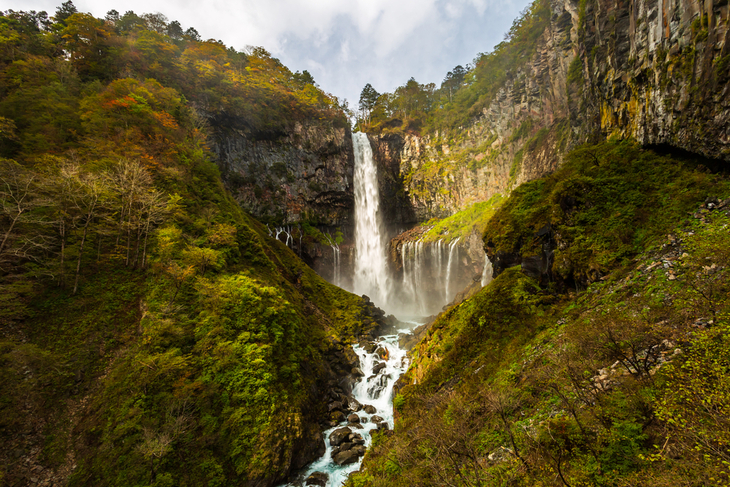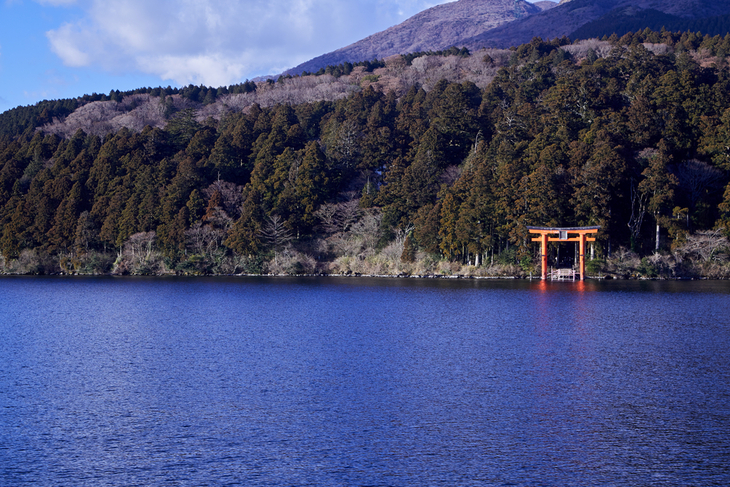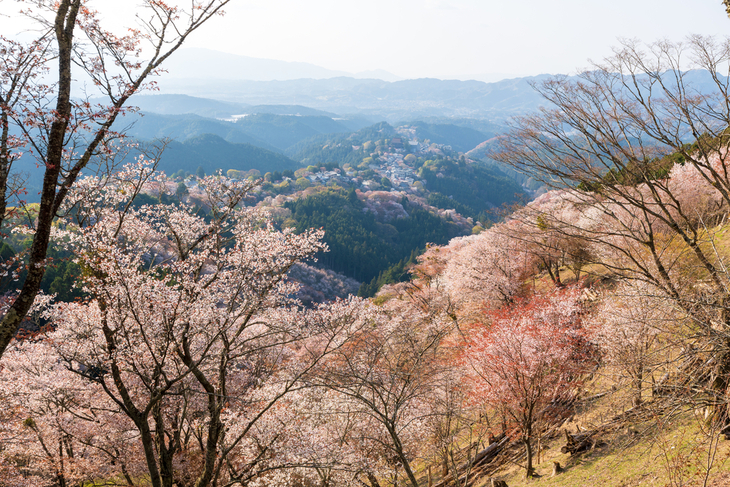

In the heart of Nikkō National Park lies the illustrious Toshogu Shrine, symbolizing the perfect harmony between Japan's cultural legacy and its stunning natural surroundings.. Nikkō is a UNESCO World Heritage site and features shrines, Shinto temples, and various landscapes such as waterfalls, woods, lakes, and volcanoes.
The national park is especially beautiful in fall, with Setoaikyo Canyon decorated in fiery foliage. Wildlife aficionados can also see local animals like black bears and Japanese macaques, while the spectacular Kegon Falls is a monument to the park's breathtaking natural splendor.

Located near Tokyo and boasting the iconic Mount Fuji, Fuji Hakone Izu is Japan's premier national park, drawing hordes of visitors every year. Whether scaling the volcano's slopes during summer or admiring its majestic snow-capped visage in winter, the park offers unparalleled vistas.
The Fuji Five Lakes, particularly Lake Kawaguchiko, are excellent sites for admiring the mountain's beauty. However, it's the park's rich ecological diversity that truly captivates, featuring everything from serene grass fields like Sengokuhara to mystical lava caves and cascading waterfalls. Visit the Hakone region's rejuvenating geothermal springs after exploring Japanese beech forests nestled within the "great boiling valley."
With its vast coastline adorned with lookout points, bays, and islands of varying sizes, Setonaikai National Park is a haven for ocean enthusiasts. Established in 1934, it was one of Japan's first officially classified national parks. Visitors can marvel at the ethereal "floating" torii gate of Itsukushima Shrine and the soothing Naruto Strait, which is known for its swirling whirlpools (accessible via boat trips). The actual thrill, however, is cycling between the Seto Inland Sea's gorgeous islets, interconnected by picturesque bridges. Daifudo Cave, located along the Kunisaki Peninsula Long Trail, is an old sanctuary steeped in monastic traditions.
Aso Kuju National Park is a tribute to Japan's natural beauty, with the renowned Kuju Mountains and the mighty Aso Mountain among its riches. As one of Japan's earliest designated national parks, it has a well-established network of hiking trails and also includes the famed Aso Shrine, a symbol of the country's ancient spirituality.
As visitors travel scenic routes or indulge in lush valleys in the national park, they can gaze at the steaming crater of Mount Aso before relaxing in the therapeutic embrace of local hot springs. Nearby onsen towns like Kurokawa, Yufuin, and Beppu promise a haven of relaxation and cultural immersion.
 Known as the cherry blossom capital of Japan, Yoshino-Kumano National Park, home to Mount Yoshino, is a favorite hanami (welcoming spring) destination. The park is graced by the presence of the Kumano Sanzan, an ancient cluster of revered shrines nestled amidst the picturesque landscapes of the Kumano Region. Among the park's notable attractions are Nachi Falls and Dorokyo Gorge, which provide visitors with breathtaking vistas.
Known as the cherry blossom capital of Japan, Yoshino-Kumano National Park, home to Mount Yoshino, is a favorite hanami (welcoming spring) destination. The park is graced by the presence of the Kumano Sanzan, an ancient cluster of revered shrines nestled amidst the picturesque landscapes of the Kumano Region. Among the park's notable attractions are Nachi Falls and Dorokyo Gorge, which provide visitors with breathtaking vistas.